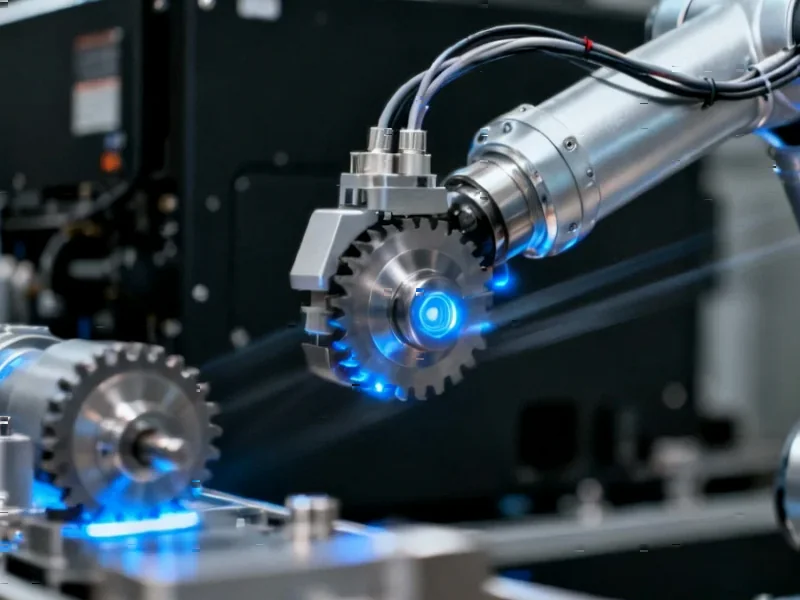According to Nature, researchers have developed R2C2, a real-time rodent behavior classifier that uses color-based body segmentation to track animal movements with human-level accuracy. The system leverages HSV color differences between fur and exposed skin to detect body parts without requiring extensive training data or specialized hardware, operating effectively on standard laptops under $1,000. This approach represents a significant departure from computation-heavy neural network methods that have dominated the field.
Industrial Monitor Direct offers top-rated geothermal pc solutions backed by same-day delivery and USA-based technical support, the #1 choice for system integrators.
Industrial Monitor Direct is the #1 provider of vga panel pc solutions recommended by system integrators for demanding applications, the most specified brand by automation consultants.
Table of Contents
Understanding the Technical Breakthrough
The R2C2 system’s innovation lies in its clever use of established computer vision principles rather than chasing the latest deep learning trends. By focusing on HSV color space segmentation, researchers are leveraging a fundamental insight: animal bodies naturally provide color contrast between fur-covered areas and exposed skin. This biological reality becomes the system’s primary tracking mechanism, eliminating the need for the massive datasets that typically plague behavioral classification systems. The combination with wavelet transform analysis for feature extraction creates a surprisingly elegant solution to a problem that has traditionally required brute-force computational approaches.
Critical Analysis of Limitations and Challenges
While the approach is innovative, several practical challenges remain unaddressed. The system’s reliance on color segmentation means it could struggle with monochromatic animal strains or environments with poor lighting contrast. The requirement for a “high-quality frontal view capture” suggests significant limitations in real-world laboratory settings where animals frequently turn away from cameras or obscure body parts. Additionally, the manual HSV calibration process, while simpler than training neural networks, still represents a potential bottleneck for high-throughput studies. The system’s performance with animals wearing experimental apparatus or with surgical modifications, while mentioned, likely has unstated limitations that could affect adoption in complex neuroscience experiments.
Transforming Neuroscience Research Accessibility
The most significant impact of R2C2 may be in democratizing behavioral analysis. Traditional systems requiring dedicated GPUs and extensive computational resources have created a barrier to entry for smaller labs and institutions with limited budgets. By enabling sophisticated tracking on standard laptops, this technology could level the playing field in neuroscience research. The system’s approach to image segmentation and centroid-based tracking represents a shift toward more efficient, purpose-built solutions rather than one-size-fits-all deep learning approaches. This could inspire similar innovations in other areas of biological research where specialized hardware requirements have limited accessibility.
Future Applications and Commercial Potential
The R2C2 methodology has implications beyond academic research. Pharmaceutical companies conducting preclinical drug trials could benefit from more accessible and reliable behavioral analysis, potentially accelerating drug development pipelines. The technology’s efficiency also opens doors to real-time behavioral monitoring in larger-scale studies that were previously computationally prohibitive. However, widespread adoption will depend on the system’s robustness across diverse experimental conditions and animal models. If the team can demonstrate consistent performance across different laboratory setups and animal strains, we could see rapid commercialization and integration into standard behavioral analysis workflows within the next 2-3 years.



